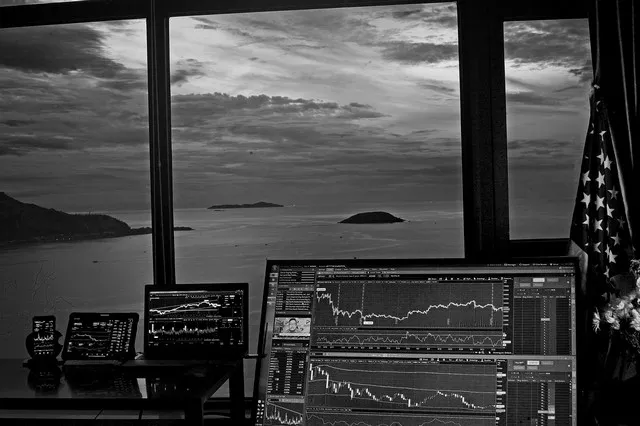Options and futures trading are two prominent strategies in the world of financial markets, providing investors and traders with diverse avenues to speculate on price movements, hedge risk, and potentially generate profits. However, while both options and futures trading share similarities, they also exhibit distinct characteristics that set them apart.
Understanding Options and Futures Trading
Options and futures trading are derivatives, financial instruments whose value is derived from an underlying asset. In options trading, traders acquire the right (but not the obligation) to buy or sell an asset at a predetermined price, known as the strike price, on or before a specified expiration date. Futures trading, on the other hand, involves a contractual agreement to buy or sell an asset at a predetermined price on a specified future date.
Contractual Flexibility
One of the primary distinctions between options and futures trading lies in their contractual flexibility. In options trading, buyers have the choice to exercise their option or allow it to expire, depending on market conditions. This flexibility enables options traders to tailor their strategies to evolving market trends. In contrast, futures contracts are binding agreements, necessitating both parties to fulfill the contract’s terms upon expiration. While options offer versatility, futures trading offers a more structured and mandatory approach.
Risk Exposure
Options and futures trading also differ in terms of risk exposure. In options trading, buyers pay a premium to acquire the option, limiting their potential loss to the premium amount. This feature makes options trading attractive for those seeking limited risk exposure while capitalizing on price movements. In futures trading, participants face potentially unlimited gains or losses, as the price movement of the underlying asset directly impacts the contract’s value.
Leverage and Margin Requirements
Leverage, the ability to control a larger position with a smaller amount of capital, is a significant aspect of both options and futures trading. However, the leverage dynamics differ between the two. In options trading, traders pay the premium upfront, which is a fraction of the asset’s value. This premium acts as the maximum potential loss. In futures trading, traders are required to deposit an initial margin, a percentage of the contract’s total value, which serves as collateral. Leverage in futures trading can amplify both gains and losses, demanding vigilant risk management.
Underlying Assets
While both options and futures trading can involve a wide range of underlying assets, including commodities, stocks, indices, and currencies, they may emphasize different aspects of these assets. For instance, options trading often focuses on price direction, allowing traders to speculate on price changes or volatility. Futures trading, in contrast, concentrates on the actual price movement of the underlying asset and the potential delivery or settlement upon contract expiration.
Market Exposure and Volatility
Options and futures trading respond differently to market exposure and volatility. Options trading, particularly strategies involving buying or selling options, offers exposure to price movements without the full commitment of owning the asset. This can be advantageous in volatile markets. In futures trading, the commitment to buy or sell the asset upon contract maturity exposes traders to potentially greater market risk, especially during periods of high volatility.
Profit Potential and Loss Mitigation
Both options and futures trading provide opportunities for profit, but their profit potential and loss mitigation strategies differ. In options trading, potential profits can be significant, particularly with well-timed speculative strategies. Options traders can also mitigate losses by limiting their exposure to the premium paid. In futures trading, potential profits and losses can be substantial, and managing risk through stop-loss orders and diligent position monitoring is essential.
Expiration and Time Horizon
Options and futures trading also vary in terms of expiration and time horizon. Options contracts have fixed expiration dates, allowing traders to choose contracts with desired maturities. This feature enables traders to tailor their strategies to short-term or long-term market outlooks. Futures contracts, on the other hand, have predetermined expiration dates, which may limit the flexibility of trading based on specific timeframes.
Conclusion
Options and futures trading represent two distinct yet interconnected paths within the realm of financial markets. While both offer avenues for speculating on price movements and managing risk, their mechanisms, risk exposure, contractual flexibility, and profit potential distinguish them from each other. The choice between options and futures trading depends on an individual’s risk appetite, market outlook, and trading objectives. Understanding the nuances of both strategies empowers traders and investors to make informed decisions, capitalize on opportunities, and navigate the complexities of the financial landscape with confidence. As with any trading endeavor, education, diligence, and prudent risk management remain paramount for success in options and futures trading.


